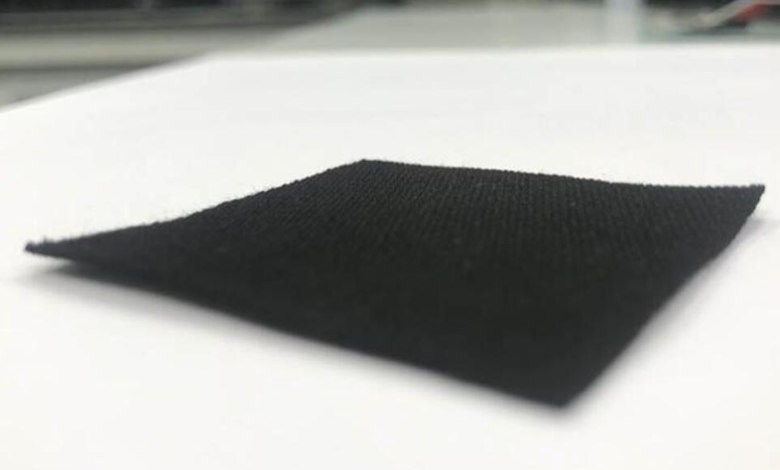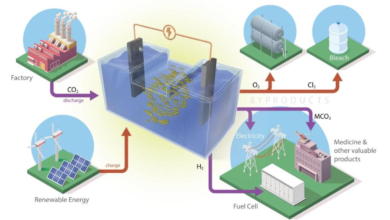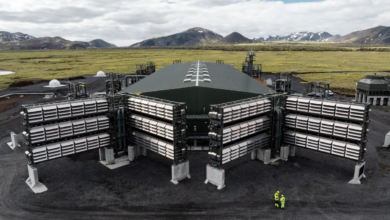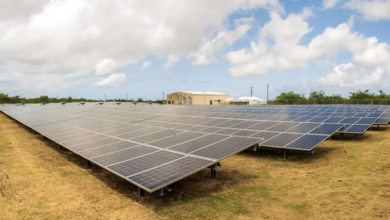A “battery” of activated carbon improves the direct air capture of CO2

Cambridge makes activated carbon a good candidate for DAC
Make direct air capture of solid filter CO2 more economical and efficient thanks to an inexpensive, stable and easily available material. A research team at Cambridge University is well on its way to doing so. Intuition: Replace the sponge materials commonly used to make filters with activated carbon.
Improve direct air capture with a “battery” of activated carbon
The starting point is a common and inexpensive activated carbon fabric. The same type of material that is used in household water filters. In the inert state, activated carbon does not interact with CO2. To make it a sorbent material suitable for Direct Air Capture (DAC), the researchers transformed it into a “battery“.
The transformation is achieved by adding hydroxides to the tissue and applying an electric charge. The electrochemical reaction causes the hydroxide ions to accumulate in the tissue of activated carbon, as would happen in one of the electrodes of a battery. Ions form reversible bonds with CO2, which means they capture and release it.
Inaugurated Mammoth, the world’s largest direct air capture system for CO2 system
One of the main advantages of the use of activated carbon in the direct capture of CO2 from the air lies in the ease of the process of releasing carbon dioxide molecules. As in other DAC-tested configurations, dispersing hydroxide ions on porous materials allows the release of CO2 at temperatures significantly lower than traditional methods, around 100°C instead of about 900°C. Therefore, the process requires less energy and can be powered by renewable sources.
The same applies to active carbon. In the configuration developed by the researchers, with a temperature of 90-100 ºC and a resistive heating – the material is heated from the inside – it is possible to make the process faster and decrease the energy intensity. This strength is combined with the stability and affordability of active carbon, unlike other materials tested for DAC based on metal-organic structures.
A DAC for other molecules besides CO2?
“It’s a new way of producing materials, using a battery-like process,” the authors explain. “And CO2 capture rates are already comparable to traditional materials. But what is even more promising is that this method could be much less expensive in energy terms, since high temperatures are not needed to collect CO2 and regenerate the carbon sponge”.
Among the current limitations on which the Cambridge team continues to work is the amount of CO2 that can be captured during the single cycle and the improvement of performance in damp conditions, so far very low. With the prospect of finding other applications for the “battery” to activated carbon: potentially, the loaded tissue can capture even molecules other than CO2





